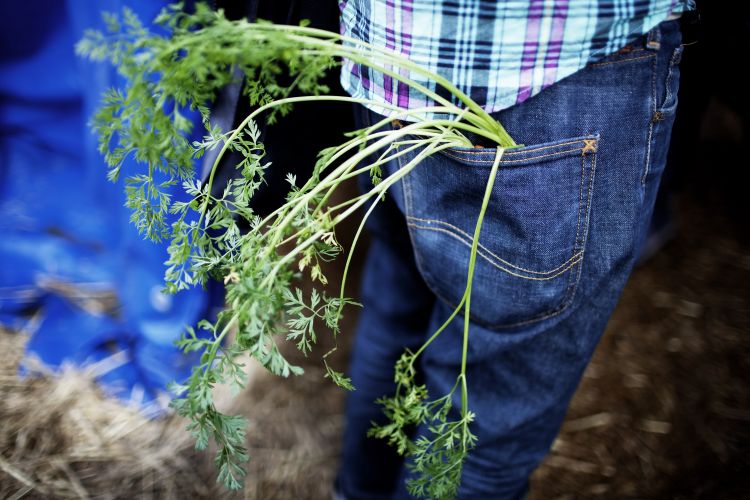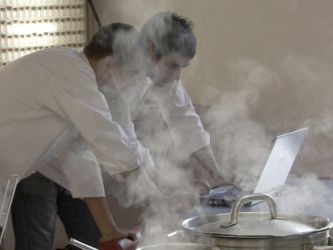In Quito, Ecuador, during a February 3, 2003 meeting of the International Study Commission on Media, Religion and Culture, an important video was presented by the Afro-Ecuatorian Cultural Center. The title is "The Black Woman, Creating Our Own Future."
David Morgan, Chair of the Study Commission writes: "Members of the staff of the Afro-Ecuadorian Cultural Center (ACC) made a joint presentation on their work, called �Communication and Black Culture in Ecuador.� Ximena Chal� and Gabriela Viveros, video makers and community promotion staff persons at the Center discussed the mission of the organization, in particular their work with black women in Ecuador. They screened their video, �The Black Woman, Creating Our Own Future...� It uses a poem as narrative structure.
Chal� and Viveros described the interests of the ACC as collectively social, cultural, and political. A biblical and theological concerns form the other �axis of awareness� pursued by the ACC. The Center has published 45 books on black issues and produces a quarterly bulletin (called Palenque, or �Tethering Post�), sponsored training courses, produced over 100 videos, such as �The Black Woman, Creating Our Own Future ...�. Other videos are Coangue, Afro Pastoral, Breaking the Silence.
The purpose of �The Black Woman, Creating Our Own Future...� was to show Ecuadorians that black women are present in the society and to help blacks overcome their own denial of their blackness and their African heritage.
Father Mart�n Jos� Balda, the director of the Center, also made a presentation on the historical and present situation of blacks in Ecuador. He pointed out that blacks were first brought as slaves to the country in 1553. The next wave of black immigrants consisted of laborers for the mines, ranchs and railroads. From almost the very beginning, blacks have practiced forms of resistance, sometimes together with indigenous or other ethnic groups.
There is not a strong presence of traditional African religion in Ecuador. Most blacks are Catholic. 8 or 9 % (one million) of the national population is black, but only 1-2% of Ecuadorian blacks attend university. As a result, the black community suffers from the disadvantages of lower education."
More video titles can be found on their website video section and you can write to purchase copies. They are all in Spanish and made with and by community building processes. Really great. Don't expect the slick industrial look of the USA nor of the PBS documentaries, but rather a genuine, inviting home grown look and info about important Afro-American issues.
 Well said!
Well said! 



 The overall plate was super rich, complex and dynamic -- but calm and balanced. Again, I think that's really hard to do.
The overall plate was super rich, complex and dynamic -- but calm and balanced. Again, I think that's really hard to do.